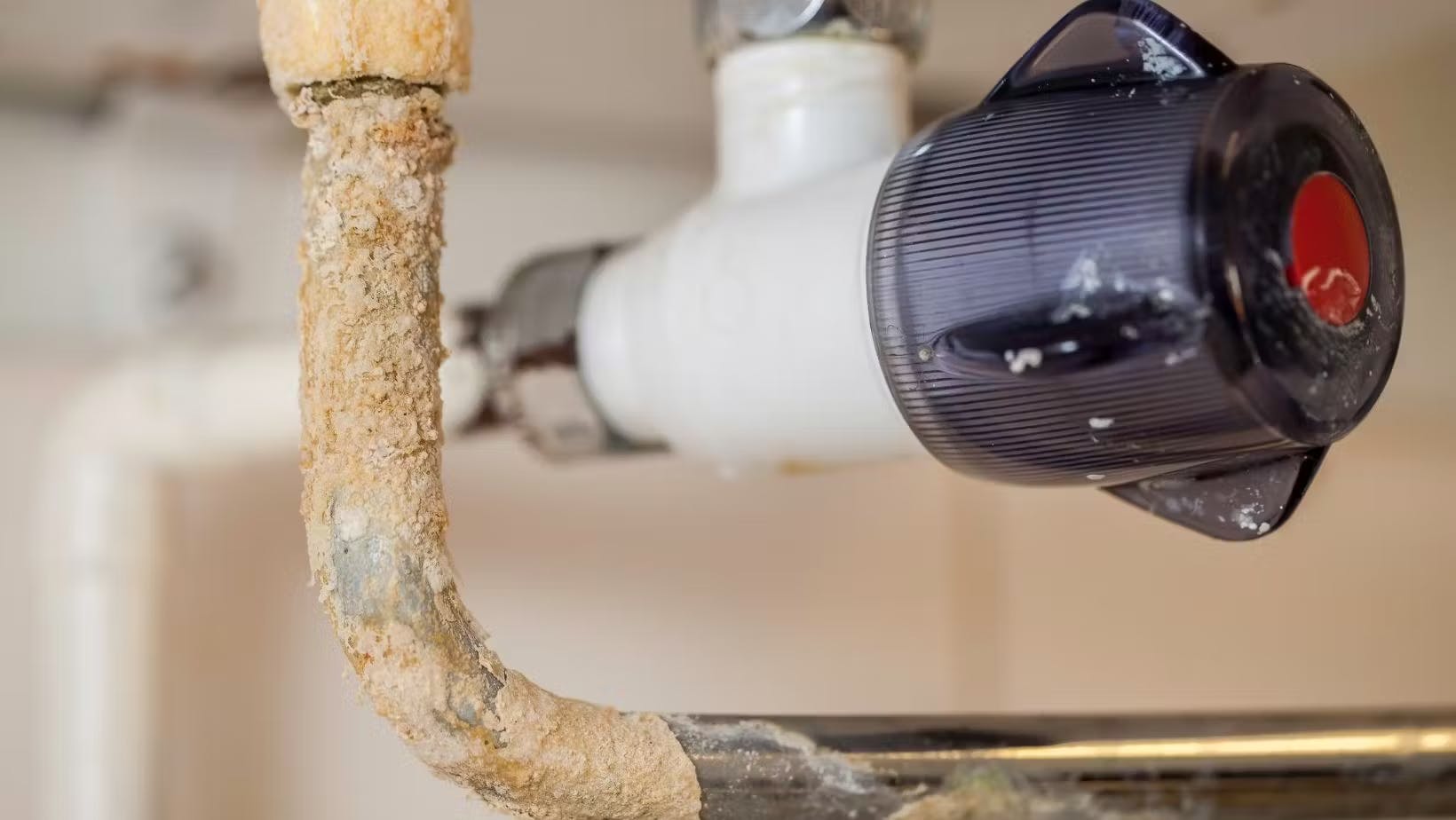How to Check for Limescale in Your Pipes

Limescale is one of the most common hidden issues in plumbing systems — and one of the most damaging over time. Caused by hard water, it silently builds up inside pipes, boilers, and taps, reducing water flow, increasing energy bills, and shortening the lifespan of your appliances.
At Pleasant Plumbers, we help homeowners and property managers across London identify and remove limescale before it turns into a costly problem. If you're wondering whether limescale is affecting your home or business, here’s how to check your system.
What Is Limescale?
Limescale is a chalky white residue made primarily of calcium carbonate. It forms when hard water (rich in minerals) is heated or left to evaporate. In pipes, this buildup sticks to the inner walls and restricts flow, similar to how cholesterol clogs arteries.
Signs You May Have Limescale in Your Pipes
- Reduced Water Pressure – Limescale can narrow pipework, especially in older copper pipes or shower hoses.
- Noisy Plumbing – Whistling, banging, or gurgling could indicate mineral restrictions.
- Slow-Filling Appliances – Washing machines and dishwashers that take longer to fill.
- White Stains on Fixtures – Limescale at taps, showerheads, or around boiler outlets.
- Inconsistent Hot Water – Heat exchanger in boilers may be clogged.
- Rising Energy Bills – Limescale reduces boiler efficiency by making heat transfer harder.
- Kettles with Residue – A quick indicator of hard water in your area.
How to Check for Limescale in Pipes
1. Inspect Taps and Showerheads
Remove the heads and look inside for white or crusty deposits. Clean them with vinegar to test how quickly it dissolves.
2. Monitor Water Flow
Compare the flow rate at taps, showers, and appliances. If one is weaker, the connecting pipe may be scaled.
3. Use a Water Hardness Test Kit
These affordable kits show how hard your water is — London typically rates as very hard. Higher hardness = more limescale risk.
4. Thermal Imaging (Advanced)
A heating engineer can use thermal imaging to detect cold spots caused by reduced flow in radiators or pipes.
5. Check Your Boiler
An experienced plumber can assess internal components and the heat exchanger for limescale build-up. If left untreated, this can result in boiler breakdown.
How to Prevent or Treat Limescale in Your Pipes
- Install a Magnetic or Electrolytic Scale Reducer
- Use Water Softeners for high-demand or large systems
- Fit a Limescale Filter on Incoming Mains
- Add Scale Inhibitors to Your Heating System
- Book a Powerflush if sludge and limescale are combined
Need a Limescale Inspection?
If you suspect limescale is damaging your plumbing system, we can help. We offer system assessments, boiler inspections, and long-term prevention solutions across London.
📲 Call or WhatsApp 0800 046 1000
📧 Email [email protected]
🌐 Visit pleasantplumbers.com
Searching 'Plumber Near Me?' Plumber London or Commercial Plumber London? We operate all across London! If you need a trusted plumber in London then get in touch with us today on 0800 046 1000 or email us on [email protected]
Pleasant Plumbers – Where Trust Flows Like Water.